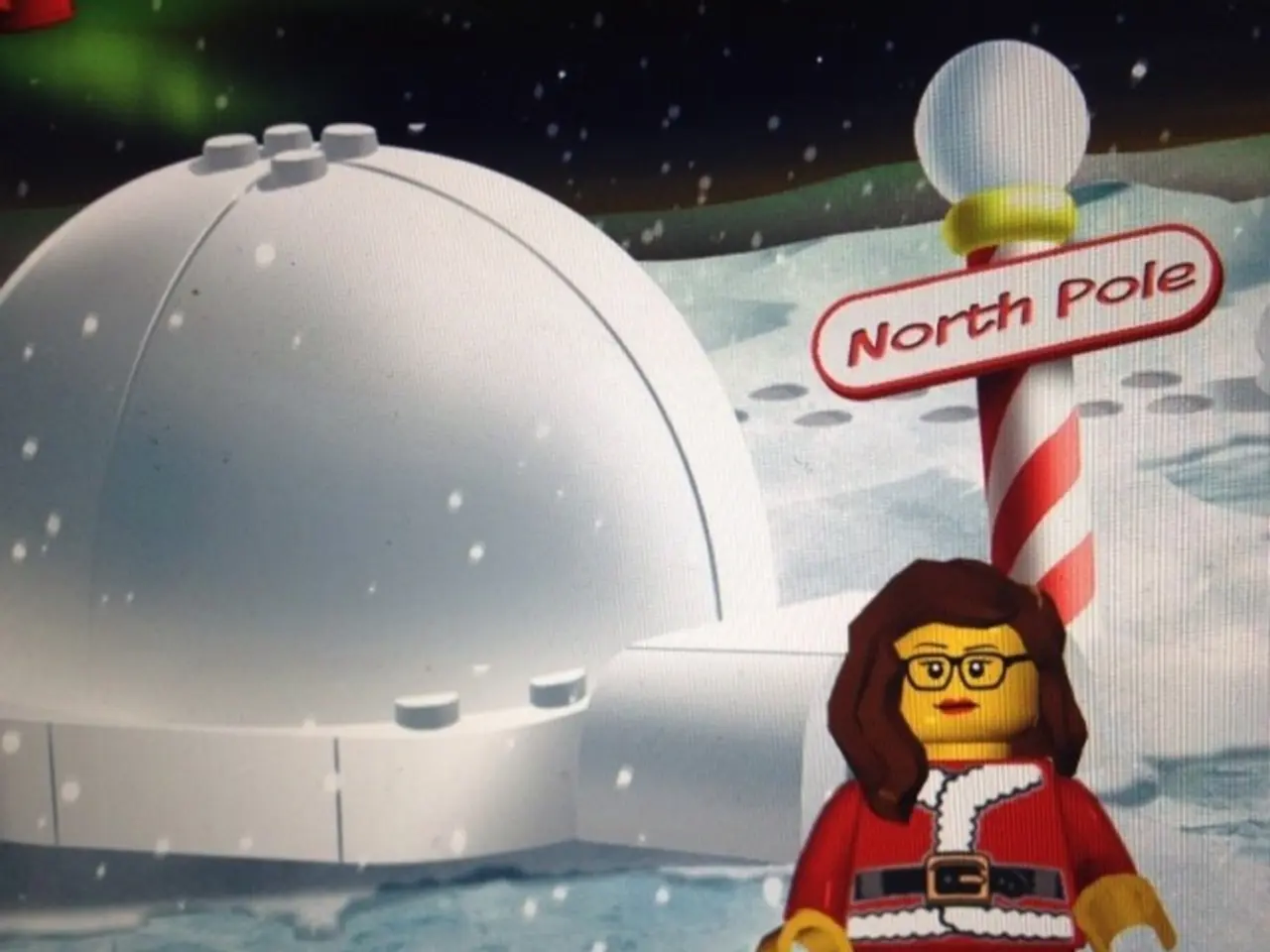Alaska's Glaciers Emit Loud Groans, Cracks, and Produce Haunting Sounds - Nature's Frozen Heavy Metal Performance
In the heart of Alaska's icy wilderness, a unique symphony is being played. The melodies are not of violins or pianos, but of the earth itself flexing and stretching, as centuries-old glaciers move and shift.
These glaciers, colossal rivers of ice stretching for miles across valleys and mountain slopes, are not static but are always moving, inching forward under their own weight. This movement, combined with friction, temperature changes, and pressure, creates a symphony of sounds that is both eerie and awe-inspiring.
Meltwater flowing through tunnels and crevasses within the glacier can create eerily melodic, almost singing sounds. The deep, rumbling groans from Alaska's glaciers are caused by the enormous weight causing ice to crack, shift, and grind against the bedrock below. Occasionally, there are sudden, deafening cracks, as large chunks of ice break off the glacier's edge in calving events, crashing into the sea or a lake below.
Standing at the foot of an Alaska glacier is a life-changing experience, offering visitors a chance to connect with the power and beauty of nature. Guided tours and boat trips offer a chance to witness these sounds up close, making for a memory that lingers long after the ice has faded from view.
For Alaska's Indigenous peoples, the groans and cracks are more than just noise; they are the voices of ancient spirits or the memories of ancestors. The hope is that by sharing these sounds, more people will feel inspired to protect Alaska's glaciers and the stories they tell.
Modern explorers and researchers are using sensitive microphones, hydrophones, and vibration sensors to capture and analyze the full range of glacial sounds. Scientists use these sounds to study glacier health, speed, and how climate change is affecting ice movement.
Artists and musicians are also using these recordings to create soundscapes, bringing the wild music of Alaska's glaciers to audiences around the world. Animals living near Alaska's glaciers, such as seals, whales, seabirds, bears, and wolves, are attuned to these sounds and navigate or find food based on them.
The future of Alaska's glacial sounds is uncertain, with some glaciers shrinking fast and their voices fading as they melt away. Alaska's glaciers are experiencing louder groans due to accelerated melting caused by warming temperatures. Scientists, artists, and nature lovers are working together to record, study, and celebrate the sounds of glaciers before they disappear.
Despite the uncertain future, the symphony of Alaska's glaciers continues to play, a testament to the power and resilience of nature. A visit to these icy landscapes is not just a journey to a remote corner of the world, but a chance to listen to the heartbeat of the earth itself.








